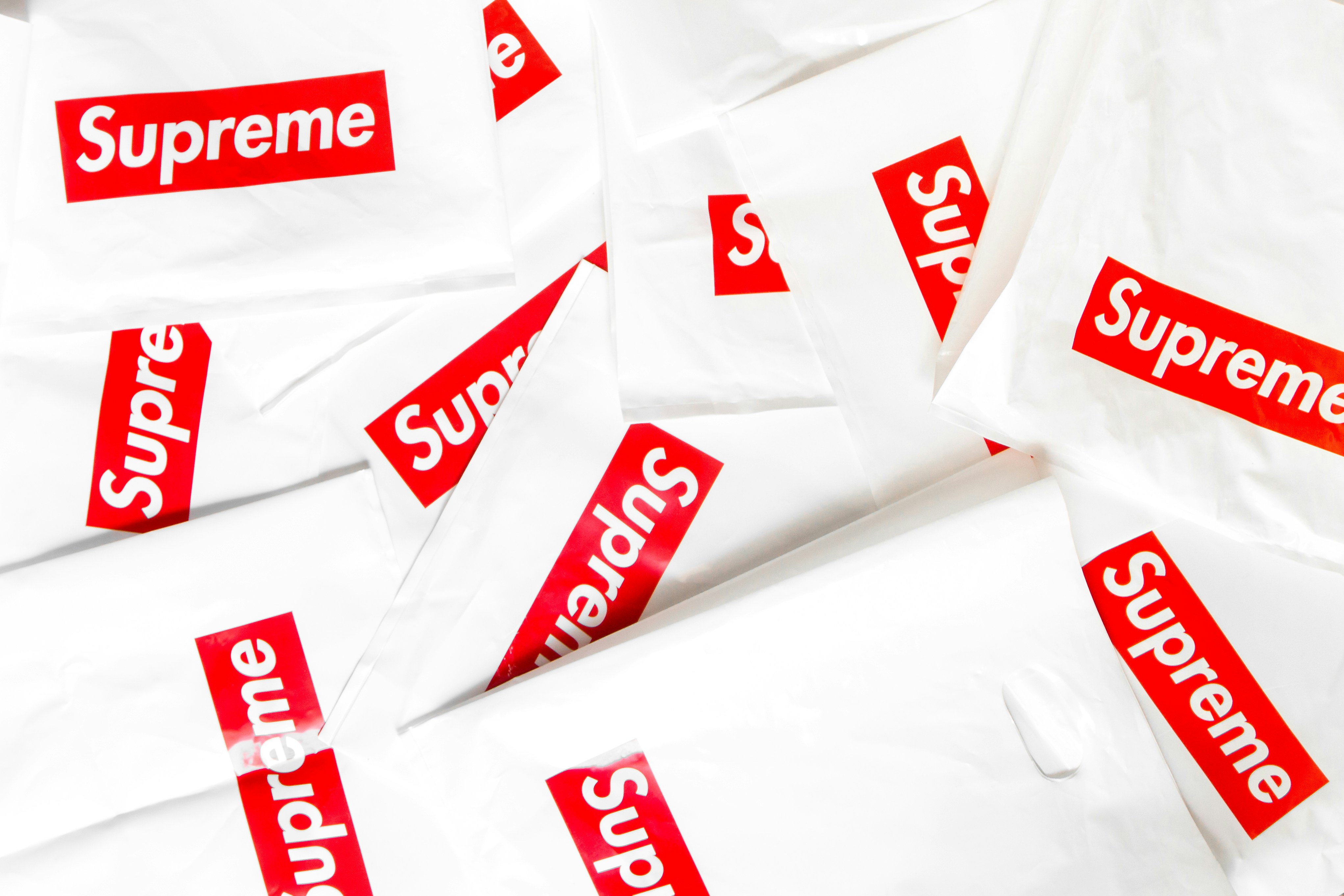What is a Brand


The word "brand" has become firmly established in the vocabulary of entrepreneurs, marketers, designers, and consumers themselves. But despite the term's popularity, its meaning is often interpreted differently.
A brand isn't just a logo, packaging, or advertising. It's primarily an image in a person's mind—a collection of feelings, associations, and impressions evoked by a company, product, or service. When you think of Telegram, you might imagine privacy, sleek interface, and independence. For Blundstone boots, durability and timeless style likely come to mind. These associations weren't created overnight but cultivated through years of consistent messaging and customer experiences.
A good brand helps you stand out from competitors, build trust, and develop long-term relationships with your audience. Consider how Oatly has differentiated itself not just as an oat milk producer but as a quirky, environmentally conscious alternative to dairy.
Brand Definition: Different Perspectives
A brand is an intangible asset formed through perception, trust, and experience of interacting with a company. You can't touch it, but you can feel it: through visual images, communication style, philosophy, and reputation.
The concept of "brand" encompasses many elements: the name and visual identity (like Frosted Flakes' Tony the Tiger or the distinctive teal of Fjällräven backpacks); the company's values and mission (such as Bombas' commitment to donating socks to homeless shelters); unique market positioning (how Impossible Foods transformed plant protein into mainstream food options); and the associations that arise when consumers think of the company (like Moleskine's connection to creativity and intellectual heritage).
Source: AdWeek
Source: CampaignLive
A brand isn't what a company says about itself, but what people think about it. This perception is formed through all points of contact: when a customer walks into a Muji store and experiences minimalist design, when they navigate Notion's intuitive interface, when a Chewy representative sends flowers after a pet's passing, or when someone reads a glowing review of a neighborhood bakery.
Key Components of a Company Brand
For a brand to work effectively, it must be cohesive—consisting of interconnected elements that create a unified impression.
Name and Logo
The name is the first thing the audience encounters. It should be memorable, appropriate, and consistent with the brand image. Consider how Asana suggests harmony and flow for a project management tool, while Zenni Optical conveys simplicity and clarity for an eyewear company.
The logo is a visual symbol that helps identify the brand among competitors. Mozilla Firefox's fiery fox, Aesop's minimalist typography, and Headspace's simple orange dot have become recognizable symbols that communicate their brands' essence without words.
Source: Google images
Brand Identity
This is the visual language of the brand: corporate colors, typography, icons, and graphic techniques. Falu red has become synonymous with traditional Swedish cottages and brands that want to evoke that heritage. Mailchimp's consistent use of playful illustrations and its signature yellow creates recognition across platforms. Brand identity unifies all company materials—from websites to business cards—into a single system.
Mission and Values
Values define the brand's "character" and ethical foundation. The mission is the company's reason for existence and its contribution to society or industry. Thinx doesn't just sell period underwear; its mission centers on breaking taboos around menstruation and providing sustainable alternatives. Beyond Meat goes beyond making plant-based products to advance sustainable protein solutions. Tony's Chocolonely incorporates fair trade and anti-slavery activism into its brand identity, making ethical sourcing part of why customers connect with them.
Brand Voice and Tone
This is the brand's communication style. Compare the straightforward, technical tone of Anker electronics with the whimsical storytelling of Who Gives A Crap toilet paper, or the practical advice of Wirecutter with the inspirational messaging of Allbirds' sustainability communications. The brand voice should be recognizable and consistent across all channels—from product descriptions to social media interactions to packaging.
Source: Acevoices
Associations and Emotional Image
People remember emotions, not specific facts. A brand's task is to evoke the right feelings. When La Croix presents imagery of refreshment and natural flavors, when Royal Enfield motorcycles embody adventure and nostalgia, or when Duolingo celebrates the joy of learning, they're creating lasting emotional associations that foster loyalty and connection.
Why Small and Medium Businesses Need Branding
Branding isn't just for large corporations. For small businesses, a brand can become the main competitive advantage and source of growth.
How Brands Influence Consumers
Strong brands help businesses stand out in crowded markets. A local tea shop like Brooklyn's Bellocq developed a distinctive personality and artisanal reputation that helped it compete against mass market options. Brands create recognition that encourages repeat purchases—consider how people return to the same neighborhood florist because they trust the quality and artistic sensibility.
Brands build trust because people prefer buying from those they feel they "know." A small digital marketing agency with a clear brand promise of data-driven strategies and personal attention will attract clients seeking that relationship. Brands simplify choice by serving as familiar reference points—when overwhelmed by options, consumers often default to the brand they recognize, whether it's choosing Maldon sea salt at the specialty store or selecting a boutique hotel chain in an unfamiliar city.
Perhaps most importantly, brands forge emotional connections. Customers feel loyal to their favorite local bookstore not just because of selection, but because of the curated recommendations, community events, and sense of intellectual community it provides.
Key Business Benefits
Effective branding allows businesses to set premium prices. People pay more for Rains raincoats or Fellow coffee equipment because they perceive added value in these branded products. Branding attracts investors and partners, as seen when small kombucha breweries with distinctive identities secure funding or collaboration opportunities more easily than generic competitors.
A strong brand increases company value as an asset. When a small meal kit service like Marley Spoon develops loyal followers and a recognizable name, its acquisition value rises significantly. Brands also ease entry into new markets—when a beloved local ice cream maker expands to neighboring cities, its established reputation helps ensure a warm welcome.
Modern Approaches to Brand Definition
The branding sphere is constantly evolving with digital platforms, changing consumer values, and technological developments bringing new perspectives.
Human-Centric Approach
Modern brands are built around human needs, not products. Curology transformed skincare by addressing individual needs through personalized formulations. Meditation app Calm created an approachable, serene brand around mindfulness, making a sometimes intimidating practice accessible. Human-centric branding emphasizes empathy, attention to emotions, and focus on user experience.
Values, Meaning, Position
Brands increasingly take social or environmental positions. Consumers, especially younger generations, want to know what a company believes in. Kuyichi built its entire business model around organic cotton and fair labor practices. Outdoor retailer Cotopaxi incorporates vibrant, waste-saving designs and allocates 1% of revenue to poverty alleviation. Even B2B companies like Basecamp have made their values central to their brand identity, with leadership being vocal about work-life balance and focused productivity.
AI in Branding
Artificial intelligence helps not only analyze brand perception but also create visual elements. Systems like Ironov allow entrepreneurs to quickly generate logos, patterns, and brand identity elements at affordable prices.
AI tools can analyze consumer sentiment about brands across social media or suggest personalized content that maintains brand consistency while targeting individual preferences.Generate a logo
Evolution of the "Brand" Concept
While initially a brand was simply a mark on goods (literally "branded" onto livestock or products), today it's a complex system of audience interaction. It encompasses image, emotions, and company history. Consider how Rimowa transformed from a traditional luggage maker to a modern luxury travel brand, or how Muji elevated minimalist design through quality-focused branding. In the era of digital noise, a brand has become a filter through which consumers choose whom to trust.
In conclusion
A good brand isn't just an attractive shell. It's a thoughtful system of meanings, visual solutions, and communication that requires ongoing attention and refinement.
For a brand to be effective, it must be cohesive like Sonos's integration of hardware, software, and sound experiences into a seamless ecosystem. It should be unique, finding its own space in the market like Quip did by bringing design and subscription models to oral care. Honest brands, like Dr. Bronner's with its transparent ingredients and mission-driven approach, build lasting trust. And relevant brands, like Clubhouse capturing the audio social moment or Mirror adapting to home fitness trends, stay connected to what matters to their audiences.
A strong brand helps survive and grow even in highly competitive conditions, as demonstrated by local restaurants that maintained customer loyalty through difficult times by emphasizing their community connections. And with AI assistance, branding has become accessible not only to corporations but also to startups and small businesses that previously couldn't afford comprehensive brand development
Summary


